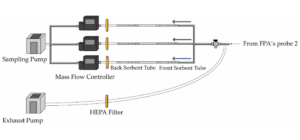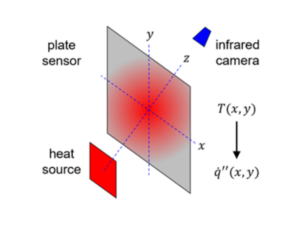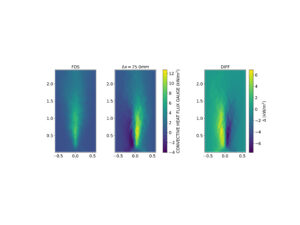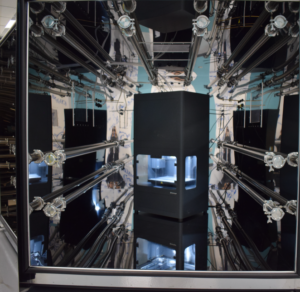Highlighting Advances in Thermal Runaway Simulations
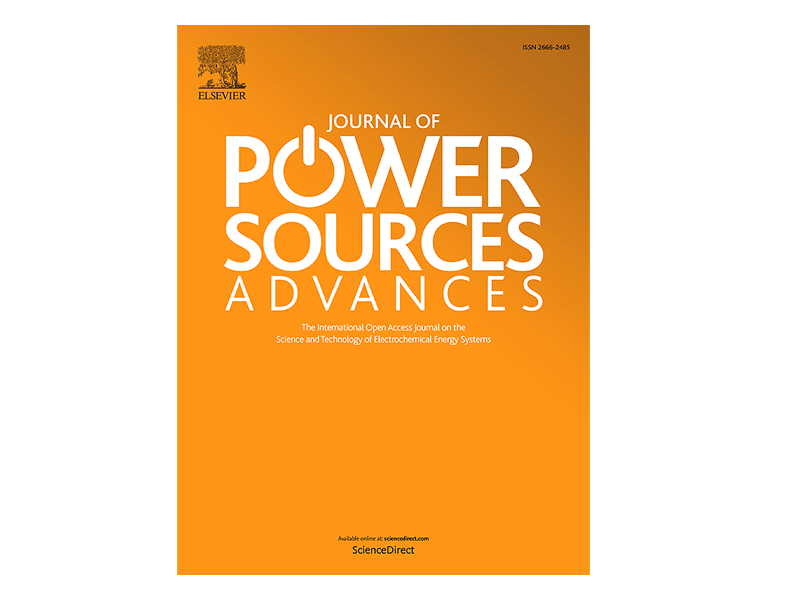
Modeling and simulation of thermal runaway in lithium-ion (Li-ion) batteries can aid in the design of safer energy storage systems and minimize the number of necessary safety tests. However, significant computational time and resources are needed to produce these simulations.
A research paper from the Electrochemical Safety Research Institute (ESRI), in collaboration with the Applied Thermofluids Laboratory (ATFL) at Purdue University, describes a new approach to create simulations faster while maintaining accuracy.
The paper, “A novel method for alleviating numerical stiffness in Li-ion thermal abuse models,” was recently published in the Journal of Power Sources Advances. The research was conducted by ESRI research scientist Mohammad Parhizi, ESRI Vice President and Executive Director Judy Jeevarajan, and Purdue University’s Prof. Jason Ostanek. It aims to improve the viability of high-fidelity thermal abuse models and their applicability to large systems.
Achieving a modeling framework that is computationally fast without compromising accuracy is the ultimate goal of the Li-ion battery safety modeling community. By creating a new solution that produces simulations that are almost 200 times faster than those produced by conventional solvers, ESRI and Purdue University have made an important step toward reaching this goal.
PUBLISHED
